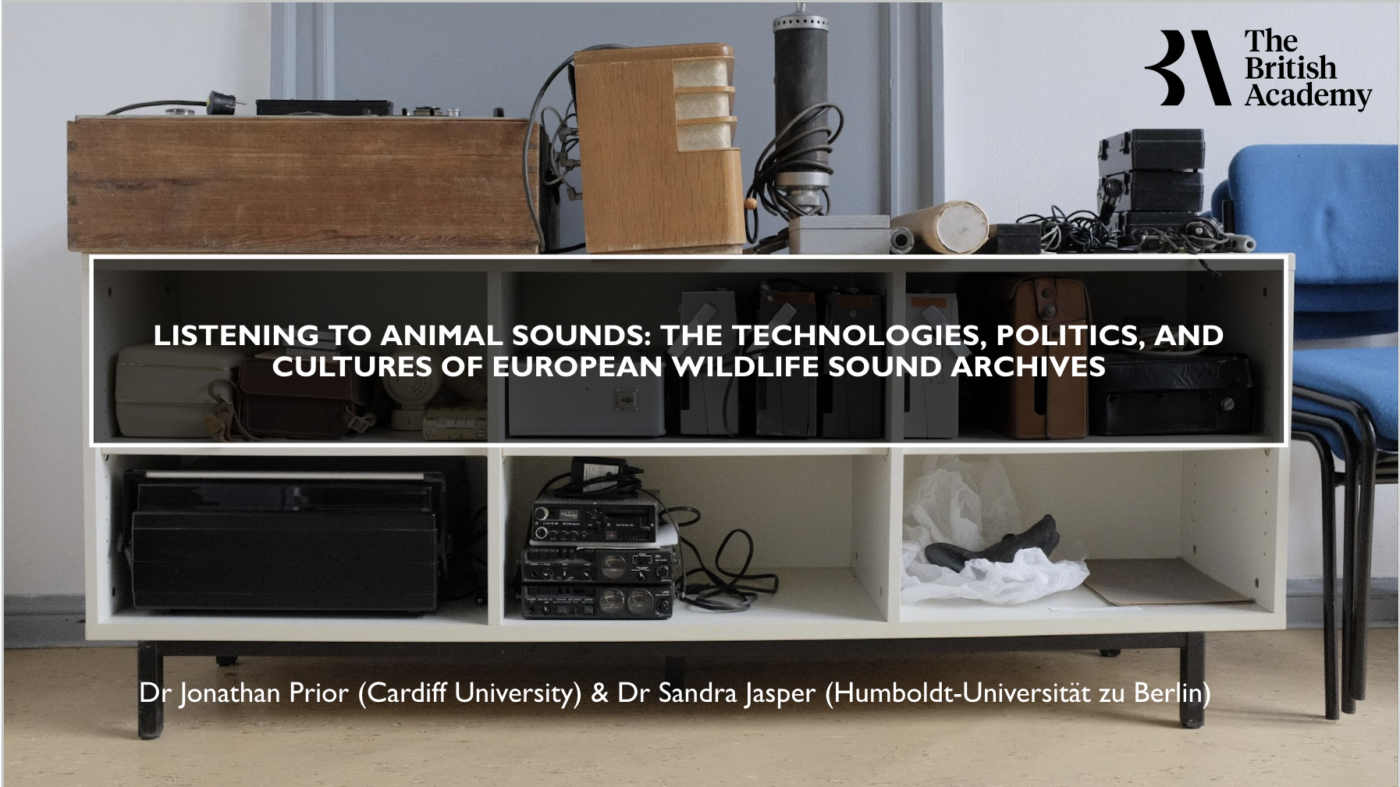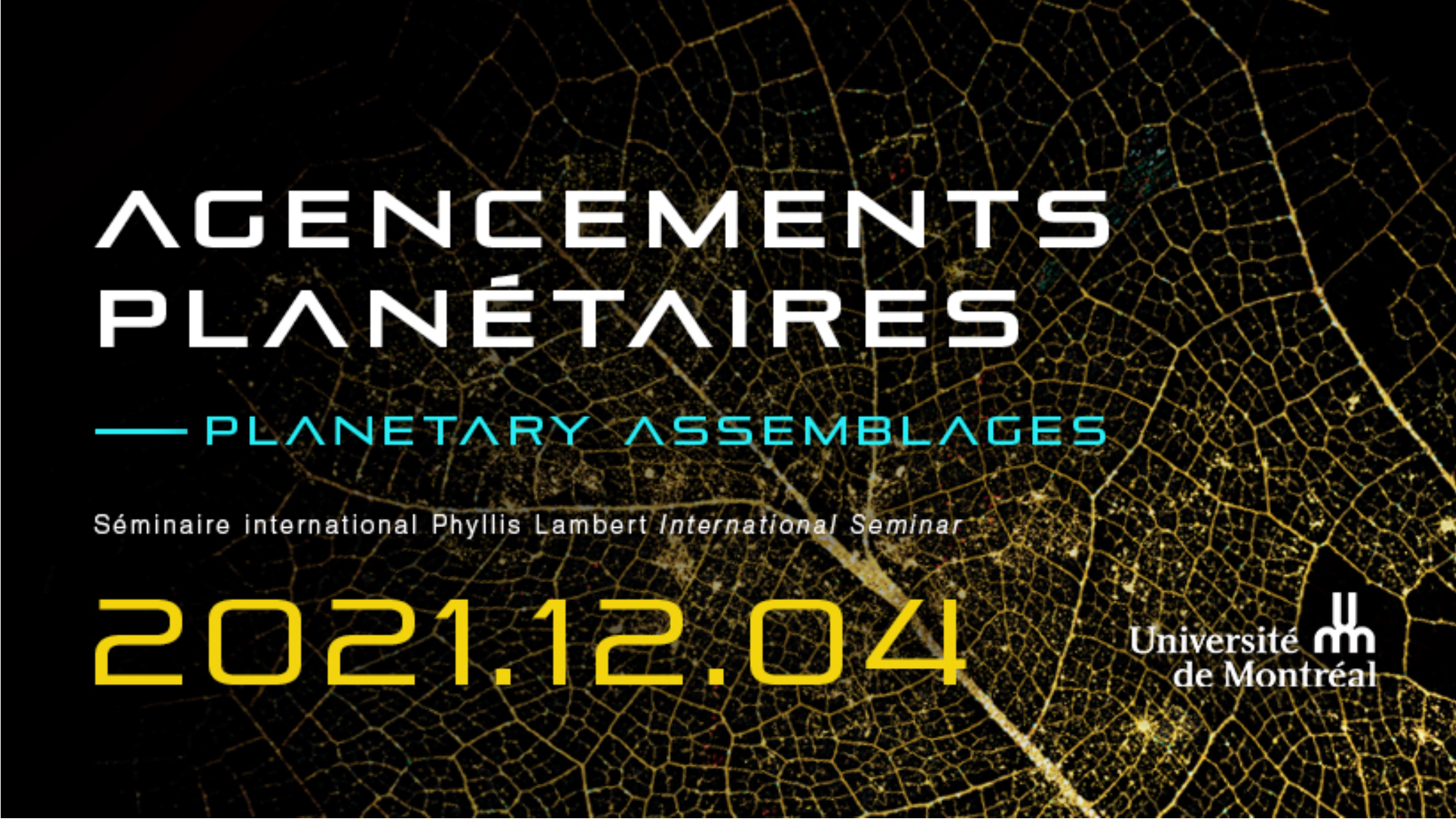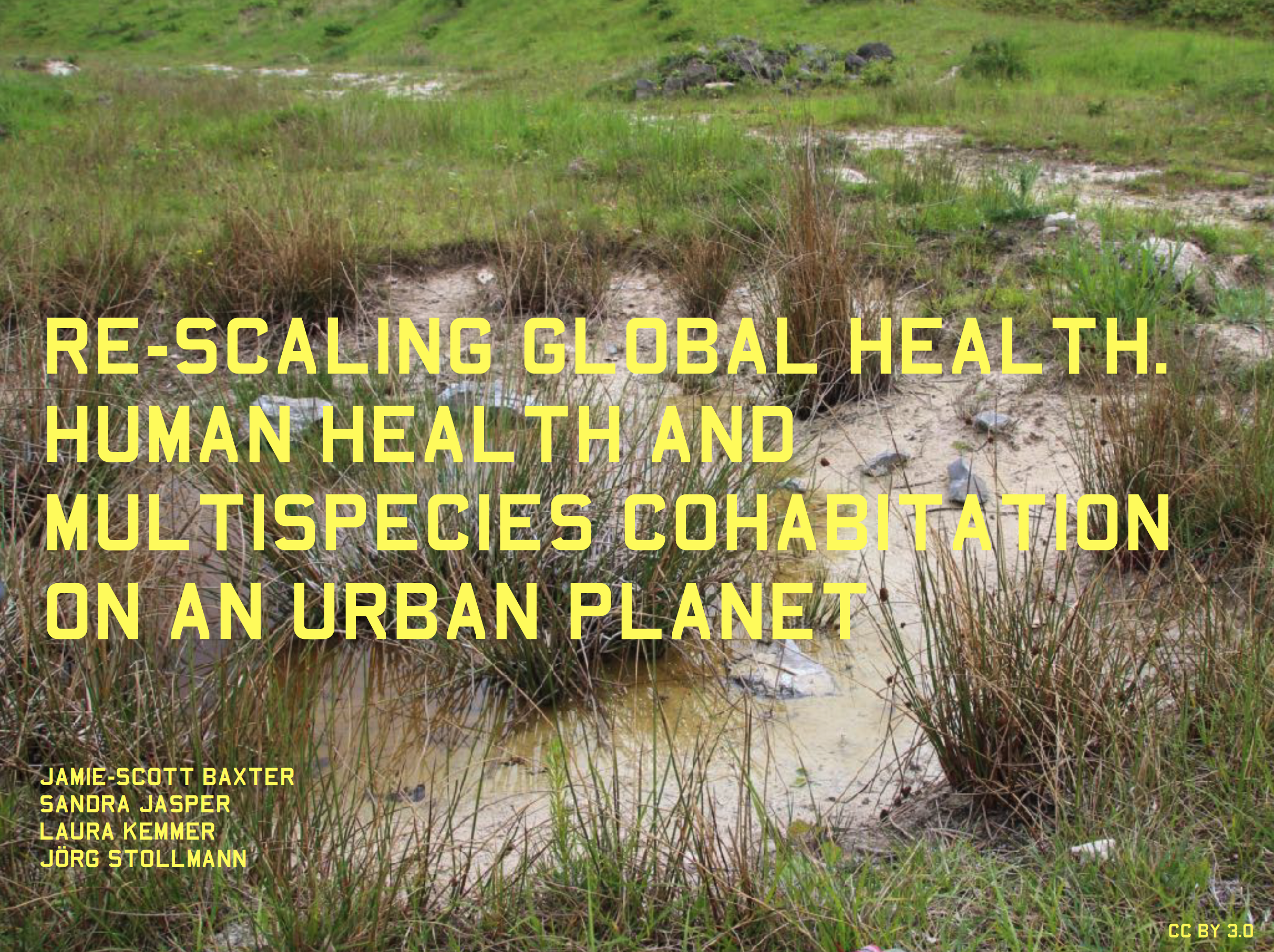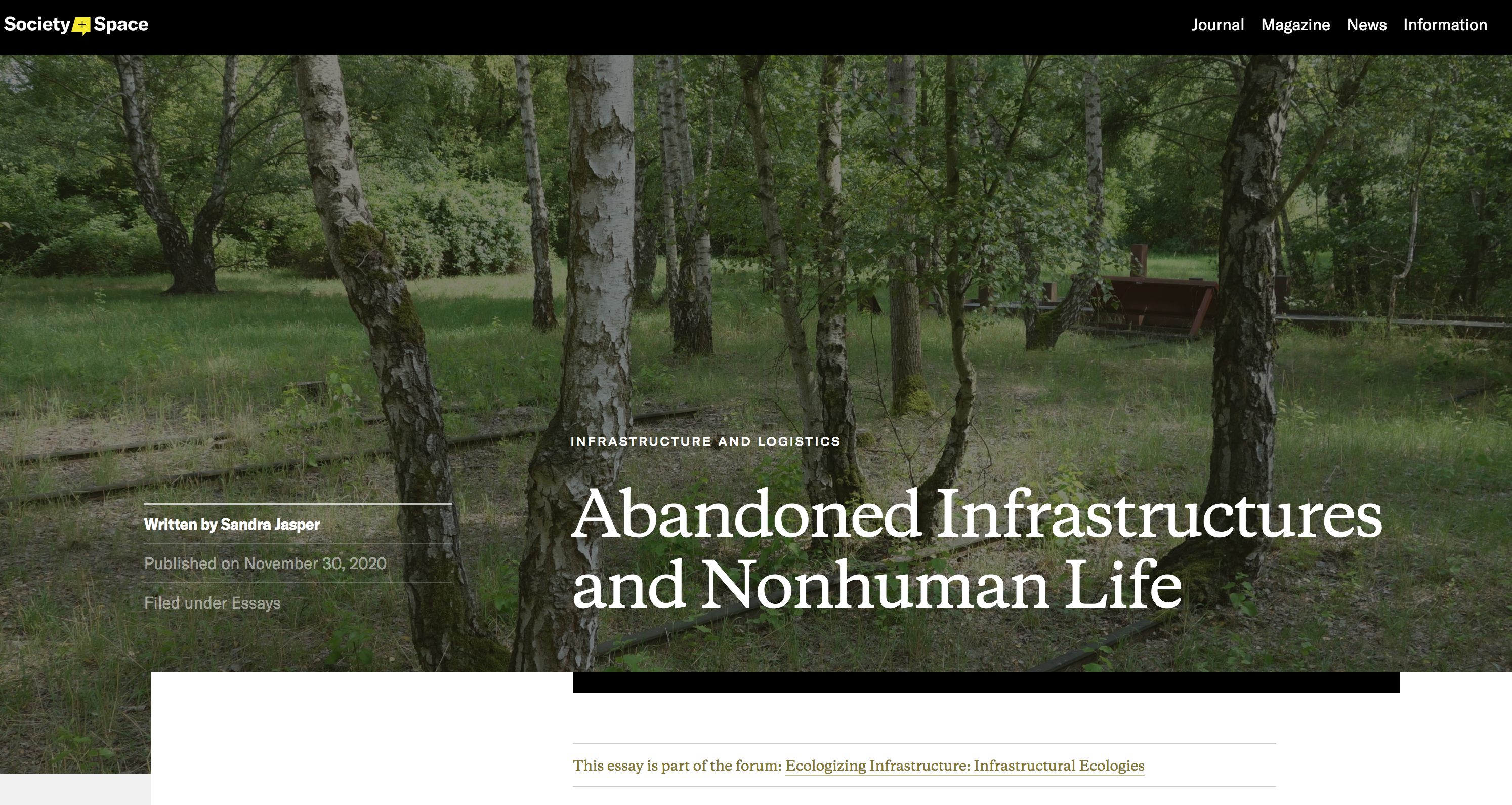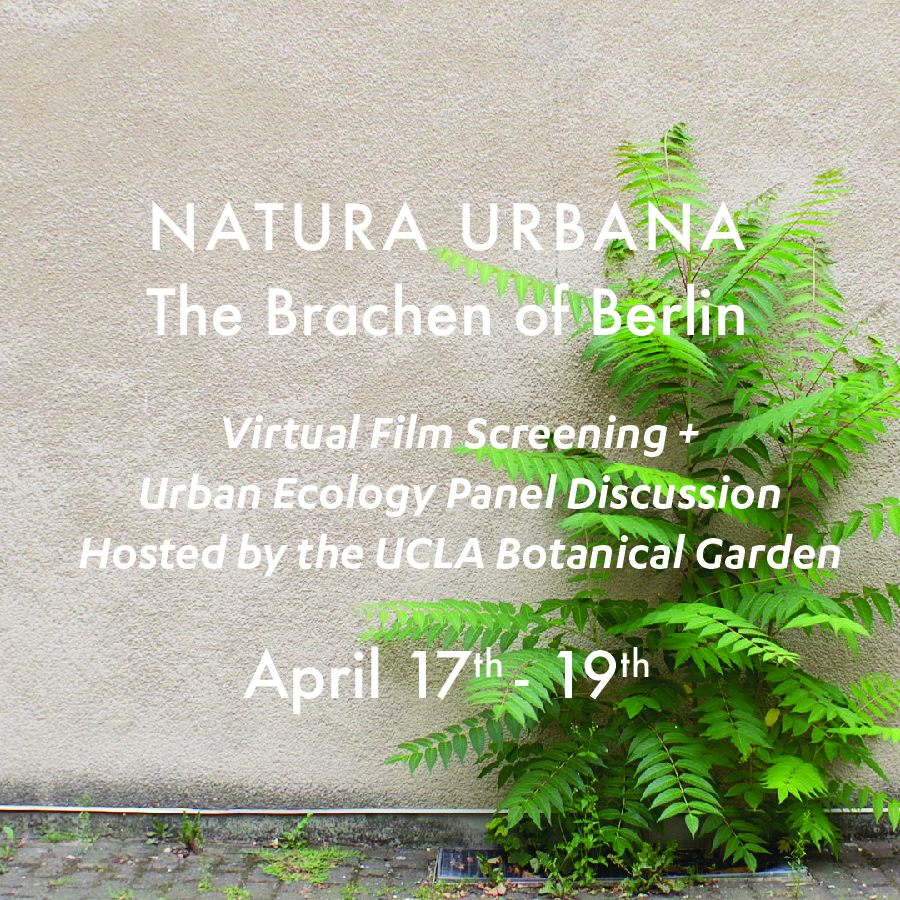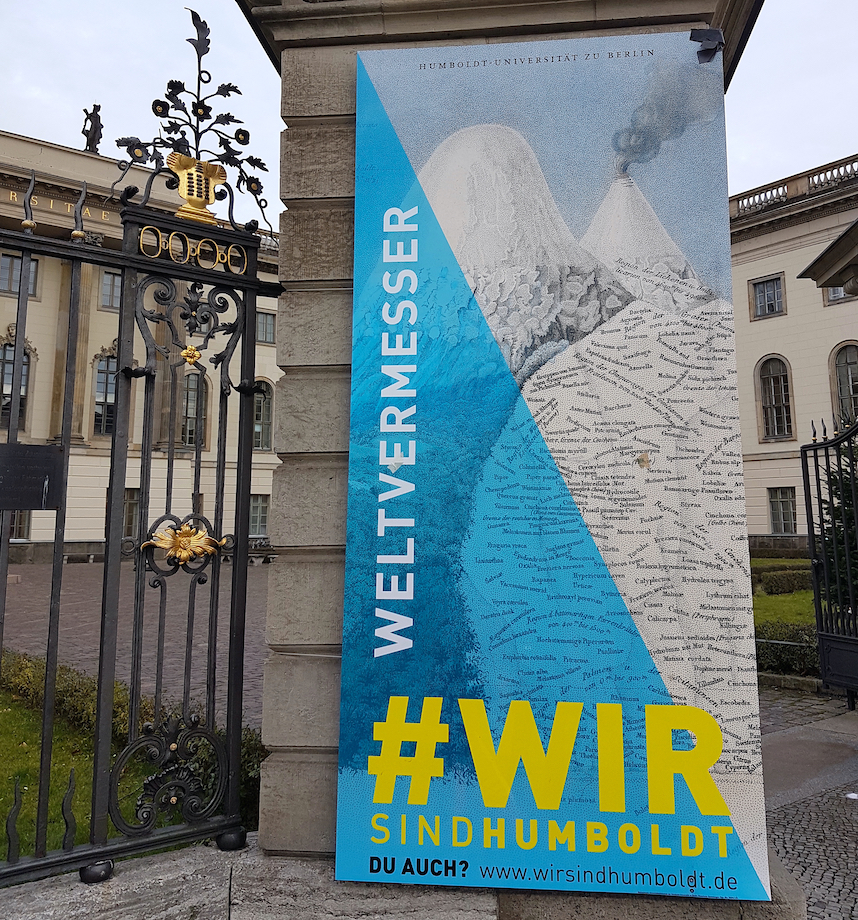We warmly congratulate Sandra Jasper on her appointment to the Friedrich-Alexander Universität Erlangen-Nürnberg and for being awarded a major research grant from UKRI’s Arts and Humanities Research Council (AHRC) and the German Research Foundation (Deutsche Forschungsgemeinschaft – DFG).
Since January 1st, 2025, Sandra has been Chair in Cultural Geography and Society-Environment Research. Just a short time later, funding started for her collaborative project titled Networked through Sound: Listening to 20th Century Wildlife Sound Archives. Together with Co-PI Dr Jonathan Prior of Cardiff University, the team will study the history of European wildlife sound recording through seven archives located in Europe and South Africa. They will examine how this network of wildlife sound archives and the recordings they contain have been produced and consumed in a variety of social and cultural contexts, including their colonial and geopolitical roles and histories. The bilateral annual funding brings together arts and humanities researchers in the UK and Germany to conduct outstanding joint research projects. The successful projects were selected through a competitive process, leading to a joint peer review panel meeting in autumn 2024. The project is expected to begin in February 2025 and will run for three years until 2028.



